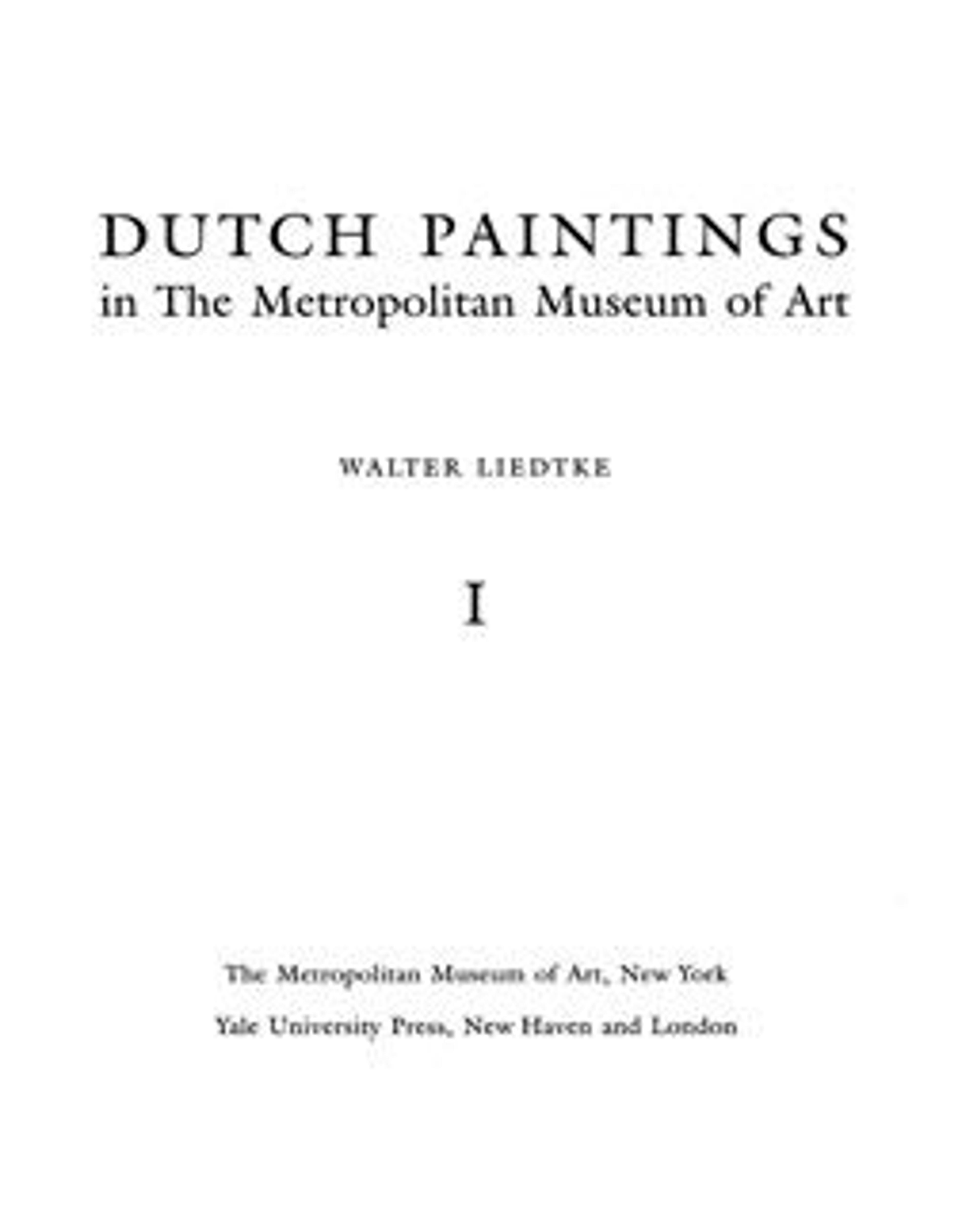Landscape with a Cottage
This duneland scene is characteristic of a major shift in Dutch landscape painting of the 1620s, as painters began to render modest scenes of local topography in a somber palette of browns, grays, and greens. Rather than enjoying a bird’s-eye perspective on the scene, the viewer is placed low to the ground in an area of heavy shadow. Such paintings embraced the specific qualities of the Dutch landscape at a time of increasing national pride and an ongoing struggle for independence from Spanish rule.
Artwork Details
- Title:Landscape with a Cottage
- Artist:Pieter de Molijn (Dutch, London 1595–1661 Haarlem)
- Date:1629
- Medium:Oil on wood
- Dimensions:14 3/4 x 21 3/4 in. (37.5 x 55.2 cm)
- Classification:Paintings
- Credit Line:Gift of Henry G. Marquand, 1895
- Object Number:95.7
- Curatorial Department: European Paintings
More Artwork
Research Resources
The Met provides unparalleled resources for research and welcomes an international community of students and scholars. The Met's Open Access API is where creators and researchers can connect to the The Met collection. Open Access data and public domain images are available for unrestricted commercial and noncommercial use without permission or fee.
To request images under copyright and other restrictions, please use this Image Request form.
Feedback
We continue to research and examine historical and cultural context for objects in The Met collection. If you have comments or questions about this object record, please contact us using the form below. The Museum looks forward to receiving your comments.
